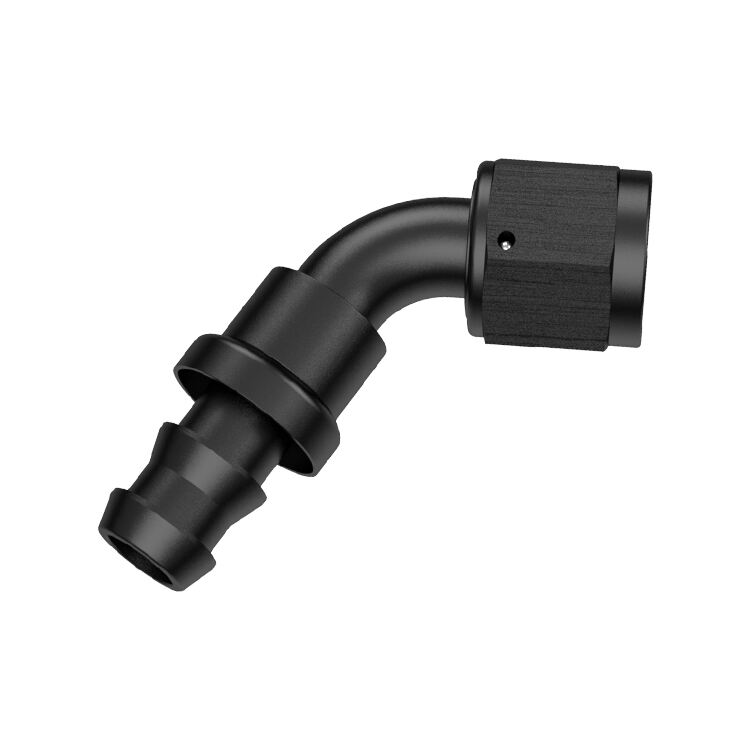
Choosing the right AN fittings for a particular project can be quite a challenging task especially for individuals that are inexperienced in fluid transfer systems. However, this guide will detail how to choose AN fittings in a manner that both enhances the safety and efficiency of the project.
What are AN Fittings Sizes
AN fittings have a ‘’dash’’ size system where the number after the dash indicates the inner diameter of the hose it is associated with. AN-4 fittings, for instance, fit hoses with a diameter of 1/4. This begs the question of size requirements for the fittings in order to avoid having the incorrect ones installed, which may result in leaks as well as ultimate failure of the system. It is always advised to check the dimensions once and also make reference to the charts on fittings to avoid incompatibility.
Material Selection
It is critical to choose the correct material to manufacture the AN fittings for different applications. Aluminum is widely used for performance applications because of its lightweight. But in applications that need high strength and corrosion, stainless steel is the best. Determine what types of environmental condition your fittings will be exposed to so that you can make a good choice.
Identifying the Correct Type of Fitting
There are three main AN fittings which are: the straight, the elbow and the unions. Straight fittings are used in line connections and elbow fittings are used for direction alterations. Two hoses can be fitted together without needing any extra fittings by using Unions. Determine the arrangement of the fluid system and establish a suitable type of fitting to be used.
Preparation of the System
It is very reasonable to say that proper installation of AN fittings offers us the best performance. Some tips included here are worth considering:
Condition of Parts: Always check for contamination in hoses and fittings. Dirty hose ends should be ensured that they are free from dirt by using a soft waterproof brush.
Use of Appropriate Tools: Always make use of a tool designed for fittings. A torque wrench is important to ensure that fittings are not excessively or under tightened than recommended by the manufacturer.
Leak Testing Areas: Once any installation has occurred, the system should be pressure tested and the joints closely monitored. If leaks are found, connections of the fittings should be checked again to ensure everything is torqued down.
When it comes to AN fittings there is a tendency to simply choose the one that most conforms to the aesthetic requirement; this is a bad practice since AN fittings are not all the same. All three characteristics — size, material and type — have to be thoroughly examined when making a choice, but once again, there are some rules to consider during the selection process and during the mounting of the fittings as well. Facilitating these procedures will ensure a smooth and secure fluid delivery that accommodates the core needs of your project.